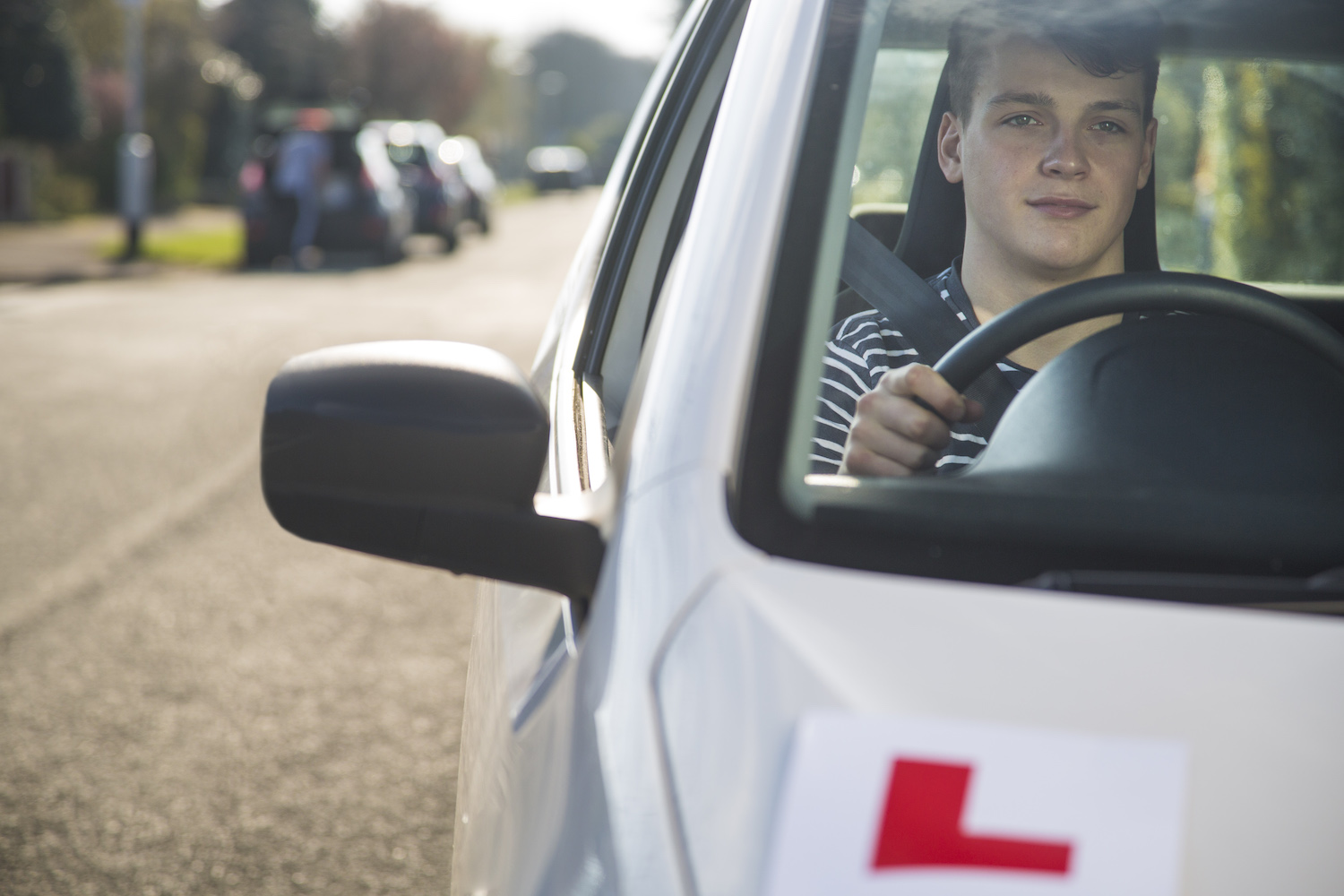Key insights
In 2024, nationally:
- 10.3 million random breath tests were conducted, with 57,801 positive results (0.6% positive rate)
- 500,683 roadside drug tests were conducted, with 52,411 positive results (10.5% positive rate)
- 3.3 million speeding fines were issued: 544,087 by police (16.4%) and 2,779,244 by cameras (83.6%)
- 330,926 mobile phone use fines were issued: 40,931 by police (12.4%) and 289,995 by cameras (87.6%)
- 183,315 seatbelt non-compliance fines were issued: 22,655 by police (12.4%) and 160,659 by cameras (87.6%)
51,150 fines were issued for unlicensed driving, as well as 56,502 charges (offences which may require appearance in court) and 4,351 arrests.
In 2023, drug driving at 16.8% was the most common factor in fatal crashes where risky road behaviours were involved. Other risky road behaviours included not wearing a seatbelt (14.7%), drink driving (12.0%) and unlicensed driving (10.8%).
Year | Random breath tests conducted | Positive RBT result (%) |
|---|---|---|
| 2008 | 12,806,862 | 0.9 |
| 2009 | 13,271,528 | 0.9 |
| 2010 | 13,870,299 | 0.8 |
| 2011 | 13,448,591 | 0.7 |
| 2012 | 14,249,765 | 0.6 |
| 2013 | 14,592,863 | 0.6 |
| 2014 | 16,231,575 | 0.6 |
| 2015 | 15,671,982 | 0.5 |
| 2016 | 14,630,864 | 0.5 |
| 2017 | 15,786,541 | 0.4 |
| 2018 | 15,036,279 | 0.4 |
| 2019 | 15,248,047 | 0.4 |
| 2020 | 7,304,543 | 0.7 |
| 2021 | 8,350,363 | 0.6 |
| 2022 | 10,639,333 | 0.6 |
| 2023 | 11,212,366 | 0.5 |
| 2024 | 10,278,522 | 0.6 |
To account for differences in population across states and territories, breath test numbers are standardised by accounting for the number of licence holders. By this measure, Western Australia conducted the highest rate of roadside breath tests at 9,647 breath tests per 10,000 licence holders in 2024, followed by the Northern Territory at 6,476 breath tests per 10,000 licence holders.
Driving under the influence of drugs
The percentage of positive drug tests has been declining since 2020, similar to drink driving offences (3.9 percentage point decrease). Since 2020, police have been conducting more drug testing, with 2024 recording 500,683 drug tests.
Year | Roadside drug tests conducted | Positive roadside drug result (%) |
|---|---|---|
| 2008 | 92,224 | 2.6 |
| 2009 | 116,702 | 2.5 |
| 2010 | 152,076 | 2.7 |
| 2011 | 137,333 | 4.1 |
| 2012 | 155,001 | 5.3 |
| 2013 | 157,230 | 6.2 |
| 2014 | 186,204 | 8.7 |
| 2015 | 298,133 | 11.7 |
| 2016 | 325,598 | 11.8 |
| 2017 | 368,600 | 10.7 |
| 2018 | 392,352 | 12.2 |
| 2019 | 507,315 | 9.5 |
| 2020 | 322,609 | 14.4 |
| 2021 | 393,728 | 12.6 |
| 2022 | 458,133 | 10.2 |
| 2023 | 471,199 | 10.1 |
| 2024 | 500,683 | 10.5 |
For every 10,000 licence holders in 2024, South Australia reported 387 positive drug tests, followed by New South Wales with 375 and Western Australia with 261.
Speeding
Since 2021, speeding fines have continued to decrease with a total of 3.3 million fines reported in 2024:
- around 2.8 million fines were camera issued (83.6% of total)
544,087 fines were police issued (16.4% of total).
Year | Police issued speed infringements | Camera issued speed infringements |
|---|---|---|
| 2008 | - | 2,639,479 |
| 2009 | - | 2,576,271 |
| 2010 | - | 2,518,363 |
| 2011 | - | 2,856,108 |
| 2012 | - | 3,004,162 |
| 2013 | - | 2,907,678 |
| 2014 | - | 3,669,800 |
| 2015 | - | 3,797,740 |
| 2016 | - | 3,265,399 |
| 2017 | 361,752 | 3,329,649 |
| 2018 | 524,096 | 3,755,720 |
| 2019 | 485,840 | 3,210,890 |
| 2020 | 483,108 | 3,290,365 |
| 2021 | 409,356 | 4,457,782 |
| 2022 | 490,898 | 4,060,444 |
| 2023 | 543,699 | 3,692,430 |
| 2024 | 544,087 | 2,779,244 |
In 2024, jurisdictions with the highest number of speeding fines were:
New South Wales with a total of 905,672 fines (27.3% of all speeding fines nationally), of which 186,866 (20.6%) were police issued and 718,805 (79.4%) were camera issued
Queensland issued a total of 794,883 speeding fines (23.9% of all speeding fines nationally), of which 112,198 (14.1%) were police issued and 682,685 (85.9%) speeding fines were camera issued.
Note: Prior to 2016 we did not collect police issued speeding fines from each state and territory so only camera issued fines are shown.
Mobile phone non-compliance
In 2024, mobile phone non-compliance fines have decreased compared to the last 2 years with a total of 330,926 fines:
- 40,931 fines were police issued (12.4% of total)
289,995 fines were camera issued (87.6% of total).
Mobile phone non-compliance fines fell by around 1.2% from 2022 to 2023 and by a further 7.6% from 2023 to 2024. Overall, this represents a decrease of approximately 8.7% over the two-year period.
Year | Police issued mobile phone infringements | Camera issued mobile phone infringements |
|---|---|---|
| 2008 | 155,999 | - |
| 2009 | 165,252 | - |
| 2010 | 171,829 | - |
| 2011 | 159,874 | - |
| 2012 | 166,975 | - |
| 2013 | 146,415 | - |
| 2014 | 132,619 | - |
| 2015 | 128,385 | - |
| 2016 | 114,981 | - |
| 2017 | 117,909 | - |
| 2018 | 113,981 | - |
| 2019 | 97,367 | - |
| 2020 | 56,304 | 138,847 |
| 2021 | 42,784 | 178,296 |
| 2022 | 49,397 | 312,945 |
| 2023 | 46,599 | 311,563 |
| 2024 | 40,931 | 289,995 |
In terms of mobile phone non-compliance rate in 2024:
the Australian Capital Territory had the highest rate at 780 fines per 10,000 licence holders, coinciding with camera enforcement being introduced in early 2024
in New South Wales, the rate of fines fell to 263 fines per 10,000 license holders – a 25% decrease from 2023 (358 fines per 10,000 license holders) and a 24% drop from 2022 (348 fines per 10,000 license holders)
in Queensland, the rate of fines fell to 181 fines per 10,000 license holders – a 9% decrease from 2023 (198 fines per 10,000 license holders) and a 41% drop from 2022 (306 fines per 10,000 license holders).
At a state and territory level, rates of mobile phone non-compliance initially increased when camera detection was introduced. By 2024, the states with established camera detection technology such as New South Wales and Queensland had significantly declined rates of mobile phone non-compliance from last 2 years, suggesting camera detection technology induces a behavioural change over time.
Seatbelt non-compliance
In 2024, there were 183,315 reported instances of seatbelt non-compliance, composed of:
- 22,655 fines issued by police (12.4% of total)
160,659 fines detected using cameras (87.6% of total).
The total number of fines is the highest since 2017.
The number of seatbelt non-compliance fines in New South Wales in 2024 increased with the introduction of camera detection. A total of 80,970 seatbelt non‑compliance fines were issued in New South Wales, among which:
- 8,882 fines were police issued (39.2% of all police issued fines)
- 72,087 fines were camera issued (44.9% of all camera issued fines).
With New South Wales introducing camera detection, reported seatbelt non-compliance rose more than six times in 2024 (17 fines per 10,000 licence holders in 2023 compared to 131 fines per 10,000 licence holders in 2024).
Unlicensed driving
In 2024, 51,150 fines were issued for unlicensed driving. Queensland alone issued 25,135 unlicensed driving fines, the highest of any state or territory, followed by New South Wales at 9,355 fines.
Queensland also recorded the highest number of unlicensed driving fines, at 60 fines per 10,000 licence holders, followed by South Australia with 49 fines per 10,000 license holders.
Risky road behaviour
Over the past decade, the prevalence of particular risky road behaviours has changed. Behaviours which contributed to a high proportion of fatal crashes in 2015 have become less prevalent, while other risk factors have emerged. For instance, between 2015 and 2023 fatal crashes involving drug driving increased by 6.5 percentage points, from 10.3% to 16.8%, becoming the most common risky road behaviour in 2023. Over the same period, fatal crashes involving not wearing a seatbelt decreased by 2.6 percentage points, from 17.3% to 14.7%, while drink driving fell by 2.5 percentage points, from 14.5% to 12.0%. Fatal crashes involving unlicensed driving rose by 1.5 percentage point, from 9.3% to 10.8%.
Fatal crashes (%) attributed to risky road behaviours
Year | Drink Driving (%) | Drug driving (%) | Unlicensed driving (%) | No seatbelt (%) |
|---|---|---|---|---|
| 2010 | 21.6 | 7.6 | 10.8 | 15.3 |
| 2011 | 21.1 | 7.2 | 9.7 | 16.8 |
| 2012 | 20.1 | 7.3 | 10.8 | 15.2 |
| 2013 | 20.5 | 8.6 | 8.3 | 14.4 |
| 2014 | 17.2 | 9.3 | 7.9 | 16.3 |
| 2015 | 14.5 | 10.3 | 9.3 | 17.3 |
| 2016 | 12.3 | 11.8 | 9.5 | 14.5 |
| 2017 | 14.0 | 12.6 | 8.1 | 13.5 |
| 2018 | 14.0 | 13.6 | 10.0 | 13.6 |
| 2019 | 13.3 | 16.8 | 8.6 | 14.4 |
| 2020 | 15.3 | 18.2 | 11.1 | 15.7 |
| 2021 | 15.2 | 14.8 | 12.1 | 15.8 |
| 2022 | 14.2 | 14.2 | 11.2 | 15.2 |
| 2023 | 12.0 | 16.8 | 10.8 | 14.7 |
Explore the data
Explore the police enforcement data in dashboard format. The dashboard allows drilling down by categories such as year and jurisdiction.
Definitions
Risky road use
Includes actions that are explicitly illegal, including speeding, drink or drug driving, illegal mobile phone use, not wearing a seatbelt, running a red light, unlicensed driving, and ‘hoon driving’.
Per 10,000 licence holders
The number of offences in police enforcement data can be influenced by the population of drivers in each state and territory. Standardising the number of offences by expressing it as a count per 10,000 licence holders allows us to describe the rates of non-compliance within each state and territory.
Fines
Includes legal actions involving an infringement notice.
Charges
Total of charged offences, including legal actions involving a Court Attendance Notice.
Arrests
Total offences where an arrest took place as a result.
About the data
The data sources used on this page are:
- National Road Safety Research and Reporting Database (Chart 1)
- Police Enforcement data (remaining charts)
- NSW Police Force
- Victoria Police
- Queensland Police Service and Department of Transports and Main Roads
- South Australia Police Force
- Western Australia Police Force
- Tasmania Department of Police and Emergency Management
- North Territory Police Force
- Australian Federal Police and Access Canberra
- Annual drivers licence data is sourced from the Australian Infrastructure and Transport Statistics Yearbook. (Opens in a new tab/window)
Download data
CKAN Data Catalogue:
Police enforcement data(Opens in a new tab/window)
Note: If CKAN is offline, refer to file downloads above.
Limitations
We work with police agencies in each state and territory to report on police enforcement but there are a number of limitations to the data:
Some police agencies only collect a part of police enforcement data. Some states collect both police and camera-issued fines, but some may have different government agencies collecting camera-issued fines. For example, ACT Roads collects data on seatbelt fines detected by camera instead of ACT Police.
Not all states and territories who own police enforcement data share their data publicly, which makes it difficult to get a complete and accurate picture of national police enforcement. For example, NSW Police collects police-issued fines, but camera fines are publicly available and collected by NSW Revenue.
Explore related data and insights
Have a question or feedback?
Contact the Road Safety Data Hub team


